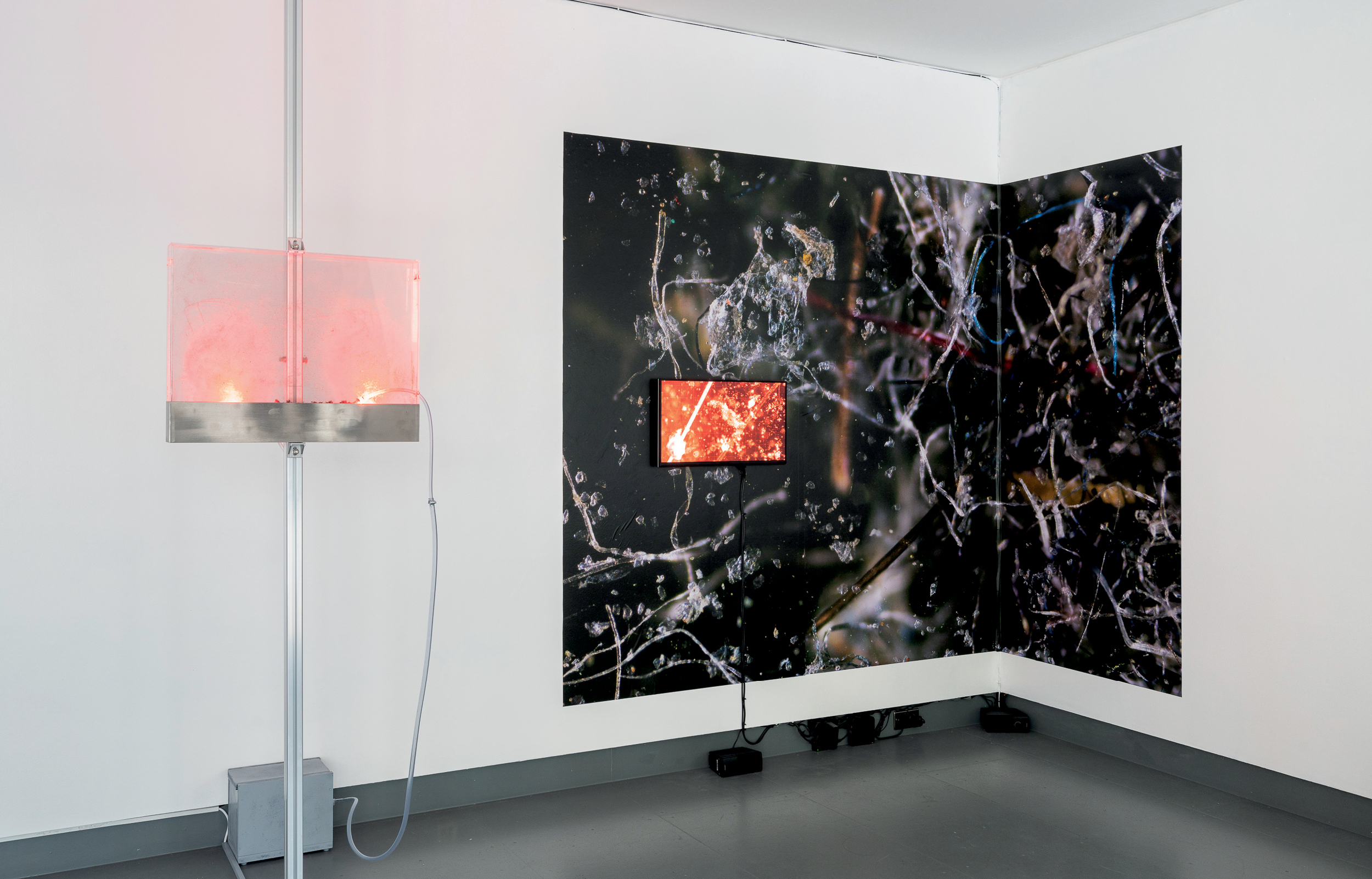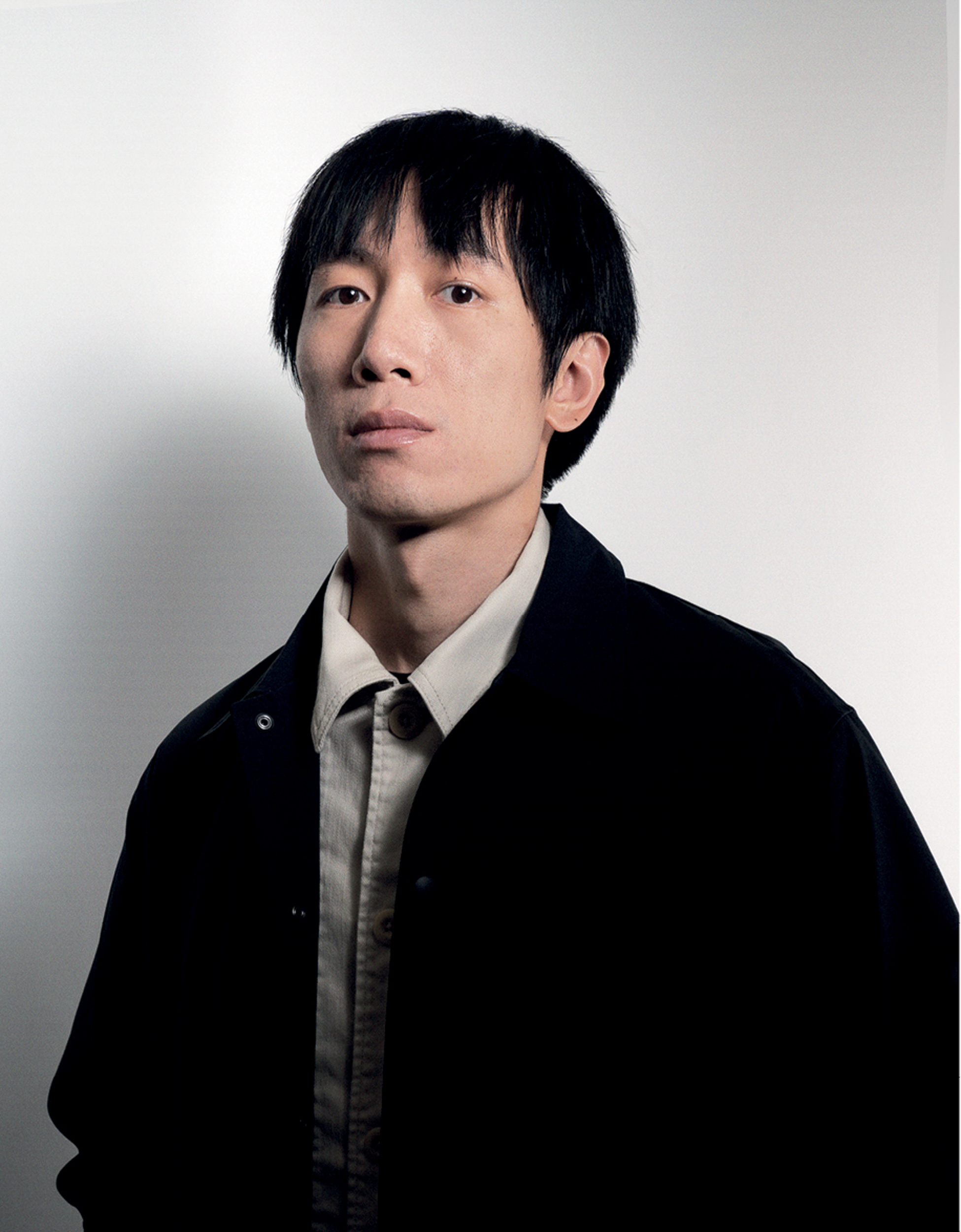Issue
Musquiqui Chihying: The Price of Knowing


Today, postcolonial studies are so deeply integrated into other academic disciplines it is difficult to distinguish the framework from broader notions of “leftism.” But only a few decades ago, postcolonialism was still emerging as a relatively novel, or at least strictly theoretical, field—particularly in and about East Asia, and even more so with regard to China. This has left a persistent void in theories surrounding the present state of the Global South which, as Musquiqui Chihying demonstrates, is intrinsically intertwined with the philosophies and systems governing capitalist production in Asia.







